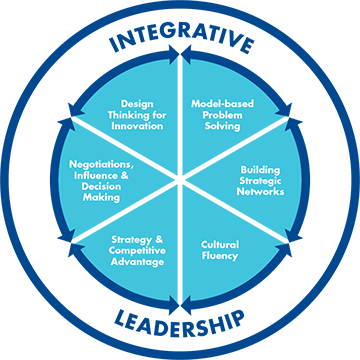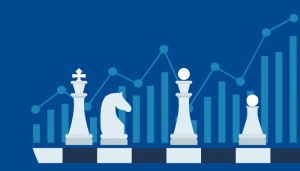The competition for new positions at law firms is more intense than ever before, in part due to an increase in the number of law school graduates and in part because of disruption of the legal services market. Law firms need now, more than ever, a new long-term strategy for business development and staying relevant in a changing landscape. But business development strategy isn’t a major part of the law school curriculum. So what can junior and mid-career lawyers do to make themselves more valuable and contribute more to the business?
Identify strategic business needs
Start with a close look at your existing clients, and identify their pain points and business needs. What are their strategic priorities? Why?
Starting with a client you’re very familiar with is good practice for then practicing the same exercise with prospective clients. If you can enter meetings with new potential clients armed with insights about how your firm can best serve them, you’re already ahead of the game.
Develop your personal brand
Obviously you want to work within the framework of your firm’s over-arching brand, but your personal brand can make a huge difference. It’s why you have a favourite barista at the coffee shop, or are particular about who at the salon cuts your hair.
Working through a personal branding exercise can give you insights into your personal strengths and identify how best to apply them to deliver more value to clients. What is your unique value proposition and how can you leverage it to the best effect? How can you apply that to lead generation or to creating personalized business development plans?
Learn how to ask for business
One of the most valuable skills a lawyer can have outside of their technical expertise is the ability to bring in new business. Professionals who consistently bring in new business are significantly more likely to be recognized by senior members of the firm for their accomplishments, and to eventually make partner.
Learning how to ask for business is about becoming more adept at spotting and seizing organic networking opportunities, clearly articulating the value you and your firm can offer to clients, and perfecting your personal pitch both on paper and in person.
If you feel uncomfortable networking or pitching business, ask yourself if you’re being too pitchy, too self-promotional, or too self-aggrandizing. If you feel that way, certainly your potential client feels the same. Pitching business should start with genuine, authentic conversations, and learning how to do that will have a transformative impact on your bottom line.
Strategic Business Development for Lawyers is a two and a half day interactive program designed specifically to help junior and mid-career legal professionals learn the difference between strategy and tactics and find out how to use both in order to create and implement a business development plan that leverages their unique value proposition and highest potential opportunities.
You will get answers to the most frequently asked business development questions, a set of business development plan templates, and benefit from the real-world experience of senior legal professionals.





 A winning strategy is something you think about all year, every day. It’s not something you can decide at a single meeting or even in one week. You either tick strategy off your to-do list the same way you do expense reports, or you actively choose to make strategy a real key priority throughout the year.
A winning strategy is something you think about all year, every day. It’s not something you can decide at a single meeting or even in one week. You either tick strategy off your to-do list the same way you do expense reports, or you actively choose to make strategy a real key priority throughout the year.




